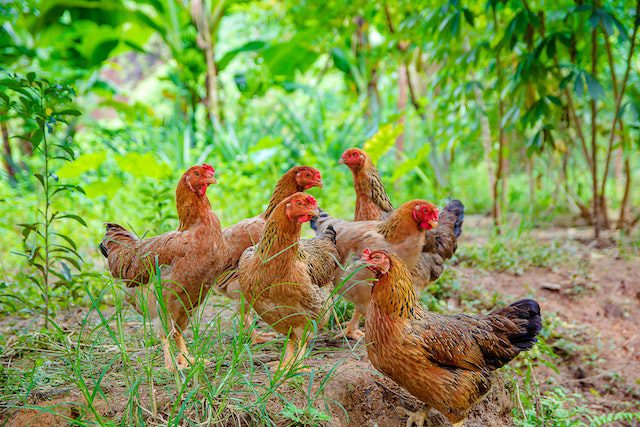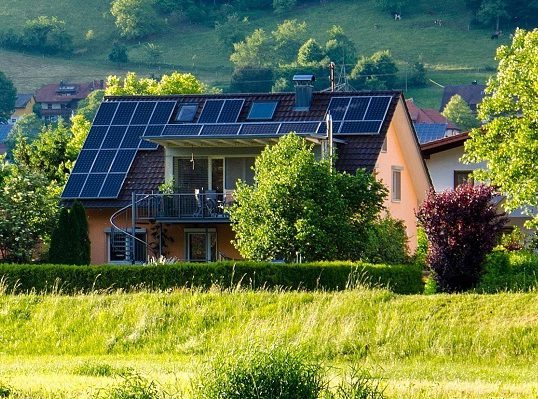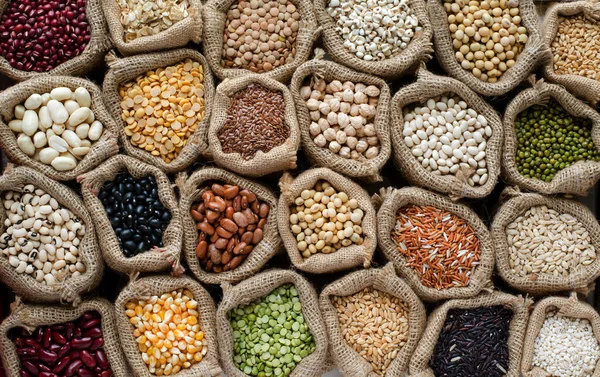Are you wondering which is the most profitable poultry farming method? Your choice for chicken rearing will have an effect on your costs, profits and yields. This post is the best guide on how to choose the best chicken farming method for your farm.
Whether you want to rear chicken for food or sale, there are three methods of chicken farming in Kenya; extensive, intensive and semi intensive methods. They are further broken down into 5 farming systems; They are; deep litter systems, slated floor system and battery cage systems under the intensive production method. The others are They are free range or the grazing systems and the back yard systems under the extensive method.
You will learn the characteristics, benefits and disadvantages of each method. Finally the guide will give you tips on how to select the best method.
Best poultry Farming Methods in Kenya
There are 3 chicken farming methods that you can use in Kenya; extensive, intensive and semi intensive methods. Below is a comparison of these methods.
| Criteria | Extensive Production | Semi-Intensive/ hybrid | Intensive production |
|---|---|---|---|
| Methods | Free-range Backyard | Poultry runs | Deep litter Slated floor Cages |
| Flock size | 1-10 birds | 5-50 birds or above | More than 100 |
| Inputs | Low | Medium | High |
| Ownership | Mostly owned by women | Owned by women and family | Businessmen and women |
| Purpose | For home consumption | Home consumption /income generation | Income generation |
| Social Role | Social & cultural importance | Social importance | No social importance |
| Breeds | Indigenous | Improved Indigenous | Hybrid |
| Mortality | High mortality | Moderate mortality | Low mortality |
| Feed Source | Scavenging | Scavenging+ Supplementation | Commercial feeds |
| Disease control | No vaccination | NCD vaccination and occasionally Fowl pox | Various vaccination schemes |
| Housing | Shared with other household members at night | Simple housing made of local material with a run | Housing made of conventional material |
| Annual egg production/ Hen | 30-50 | 50-180 | 250-300 |
| Broodiness | Long | Short | No |
| Growth rate | Low | Moderate | High |
| Market orientation | Minimal | Moderate (Based on need) | High (Must have readily available market) |
| Labour | Minimal | Average | Intensive |
Extensive production method
It is the traditional method of rearing chicken in rural areas of Kenya. It is used to rear chicken for home consumption. Since as a famer you will not have to feed them expensive commercial feed, their production is very low and they take long to mature.
Read Next; Which is the best chicken breed to rear in Kenya?
There are two ways of rearing chicken using the extensive system in Kenya. They are free range and back yard systems.
Semi intensive production method
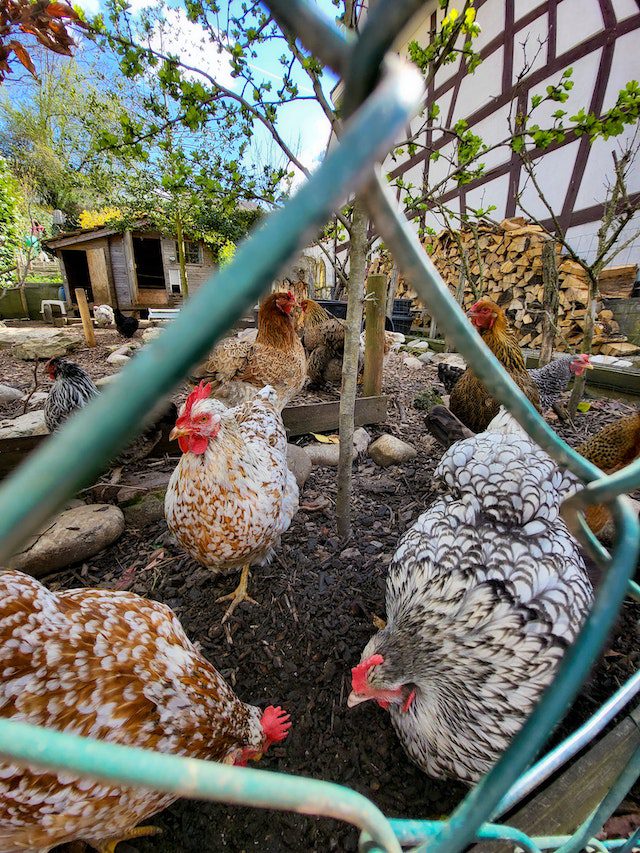
A hybrid of both the extensive and intensive poultry production methods. You will restrict your poultry in a certain area with access to shelters. Birds are confined in an open enclosed area where they can roam outside freely during the day. You will provide them with a separate structure to house them at night. You will provide your chicken with feed and water.
You can rear both the indigenous and improved chicken breeds. You will get average chicken eggs and meat.
Intensive production method
Intensive methods of rearing chicken are used by medium and large-scale commercial chicken farmers. Chicken are totally confined in poultry houses or cages. You will rear high quality hybrid breeds of layers or broiler chickens
Modern chicken production methods require higher investments than other types above. You will have to provide your birds with all their feed and water requirements. The birds will need commercial chicken feed and vaccines to ensure good health and high production.
There are three modern methods of rearing chicken in Kenya; deep litter systems, slated floor system and battery cage systems.
Best chicken farming systems in Kenya
There are 5 chicken farming systems that you can use in Kenya. They are; deep litter systems, slated floor system and battery cage systems under the intensive production method. The others are They are free range or the grazing systems and the back yard systems under the extensive method. Each of these are explained below.
Free-Range Systems
Under this system, chicken are not restricted nor provided with any shelter. Birds are left to scavenge for food freely. The flock contains birds of different types and different ages. Simple shelters may be provided or the birds share houses with people. Birds can roost outside and nest in the bush.
Backyard Systems
This is the most common chicken production method for rearing chicken all over Kenya. Chicken are housed at night but allowed to roam freely during the day. Chicken are fed with small amounts of home-made chicken feed or maize grains before you can release them in the morning. When chickens come back in the evening they are again fed with supplements. Other feed types such as kitchen leftovers can be thrown to them in the course of the day.
Deep litter system:
Your chicken are kept indoors all the time, but they have large space to move around freely. The floor is covered with a deep litter of straw, wood shavings, saw dust or other suitable materials. Other materials are paddy husk, peanut shells, paddy chaff, chopped straw and such other materials that absorb moisture well can be used depending upon the cost and availability
The method is suitable for commercial breeds of egg or meat poultry.
Advantages of deep litter systems
- It is economical than cage systems.
- Hygienic, comfortable and safe to birds
- Built up litter supplies vitamin B12 and Riboflavin to the birds
- Easy to control diseases and vices
- It increases the efficiency of production
Some tips for efficient deep litter system
- The deep litter system should always kept dry.
- Only right numbers of birds should be housed
- The house should be well ventilated
- The litter should be stirred at least once in a week-wet litter if any should be replaced immediately with new dry litter and birds must be fed a balanced ratio.
- The time starting deep litter system should be in the dry period of the year as it allows sufficient time (At least two months) for bacterial action.
- Placing of water should be given due attention to keep litter dry
Cage system
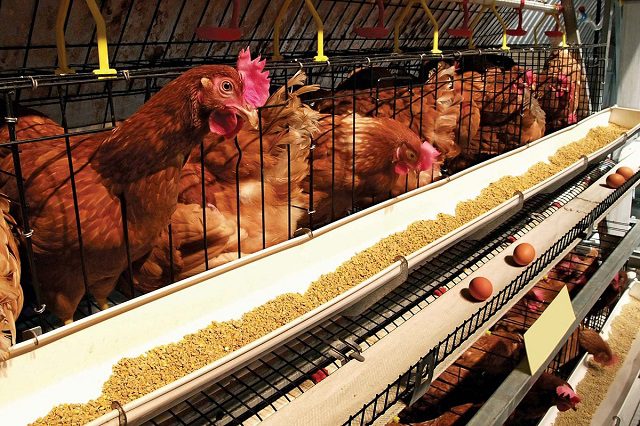
This production is best for commercial layers chicken farming. Each egg layer is confined in its own cage throughout its entire productive life. You will then provide food and water in front of each cage. Cages are designed in a way to allow for eggs to collect in a cleaner places. The major challenge with this method is its high initial capital investment. The cage method of housing is ideal for the area of moderated climate conditions where the day temperature in summer does not high and temperature does not fall too low.
Advantages of cage chicken farming
- You can rear a more birds is reared per unit of area
- Facilitates correct maintenance of records and identifying of poor producers and prompt culling
- Easier to control poultry cannibalism and egg eating
- It helps in production of cleaner eggs
- Easy control of parasitic disease like coccidiosis and worm infestation
- Egg production, feed efficiency and egg weight of caged layers is more than in deep litter systems according to research
Disadvantages of cage chicken rearing
- Has poor ventilation for birds in summer seasons and other high dense conditions.
- They are not hygienic and you can find many flies and smelly gases in the poultry house.
- Cage chicken birds reports high incidences of leg problems, cage layer fatigue, fatty liver syndrome and Hysteresis of chicks.
- Battery cages present inherent animal welfare problems.
Slatted floor system:
The slatted floor system is similar to deep litter system. However, instead of your eggs or meat chickens stepping on deep litter, they step on wire, wooden or plastic slatted floors. The free aeration can allow you to rear more chicken in a smaller space. The gaps in the floor allow chicken manure and feed leftovers dropping freely without contaminating the chicks. This will thereby inhibit bacterial reproduction and growth keeping chicken healthier
Plastic systems are better than wire and wood since they are more durable and string and resistant to abrasion and rotting. They are cleaner and hygienic since they are easy to clean.
What is the best method of rearing chicken?- Selection guide
Which is the best method of raising chicken in Kenya? The information above gives you the four methods of poultry farming. So which is the easiest and cheapest for you. Agcenture gives a 5 factors guide to help you in your choice and consideration. They are size of flock, animal welfare, your reason for farming, available resources and finally, bio-safety. We give you a summary below.
- Size of flock; if you are doing large scale chicken production, go for intensive system. If you are in subsistence chicken rearing use backyard or free range farming.
- Animal welfare; slatted systems, deep litter, free range and semi intensive chicken rearing is considered to provide chicken with better health unlike cage system with many inherent welfare problems from restricted movements.
- Purpose of production; for commercial production, intensive production systems are better than free range systems that has low yields and profitability
- Available investments; when you are a beginner in chicken farming, consider starting small in extensive systems then expand to semi intensive farming. Finally, you can invest in intensive farming upon availability of funds.
- Food safety & Hygiene; some methods such as cage chicken farming and slatted floor systems are the most hygienic. They allow separation of birds, eggs and litter from chicken droppings.
Looking to to rear chicken at home or in a business? Our post today gives compares the best methods of chicken farming in Kenya. Besides, it gives you a selection guide in your choice for the best, easiest and most profitable method for you.
Did you Like the Post? Let us know below
Agcenture.com is your best agriculture, food & health blog.
Thank you for following us on Facebook, Twitter (X), LinkedIn, YouTube, and WhatsApp @ Agcenture for the latest updates.
